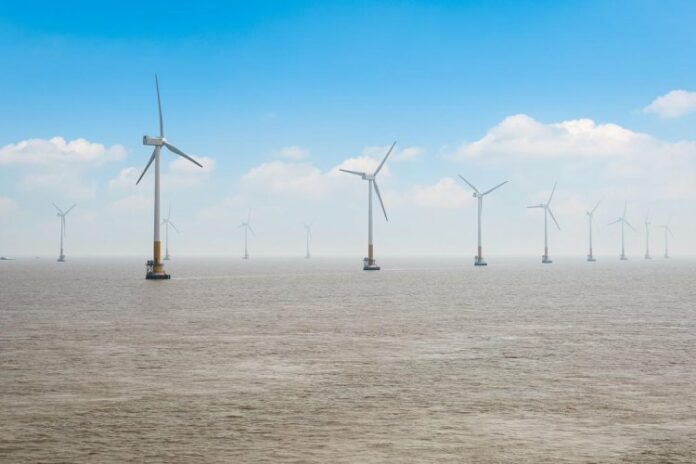The first phase of the wind farm consists of 5 wind turbines and was constructed in 2017 with a generating capacity of 41.5MW. It was the first UK offshore wind farm to utilise float and submerge gravity base foundations, as well as 66KV rated inter array and export cables to connect the turbines to an onshore substation.
EDF Renewables is already working on project planning for phase two with a consent variation and procurement activities underway to use the Blyth site for the installation of up to 5 further turbines.
The capacity for phase two has still to be finalised but the current consent for BOD wind farm is for a maximum of 99.9 MW, leaving a remaining capacity of 58.4MW.
The BOD Phase two project will feature turbines constructed on floating sub structures and once completed would be among the first projects of this kind in English waters.
Port of Blyth Chief Executive Martin Lawlor, said: “We’re delighted that EDF Renewables have announced they are to make this exciting proposal a reality. Blyth is synonymous with offshore wind innovation as a home to the first turbines installed and decommissioned in UK waters and of course as the location for the world leading test facilities of the Offshore Renewable Energy Catapult.
“As the host for the wind farm’s O&M base we look forward to supporting EDF Renewables and its partners throughout the construction phase and into operations.”
Director of Offshore wind at EDF Renewables, Michele Schiavone, said:
“We are very excited about this next phase of the BOD project and want to further the demonstration of construction and operation of floating turbines to show that floating wind is technically feasible and cost competitive in water depths of 50-60 metres.
“With the Contract for Difference (CfD) mechanism providing a potential route to market, we are confident that floating turbine technology can accelerate the UK’s journey to a net zero future where clean energy powers all our lives. We will use the project to support the further development of this emerging technology.”



